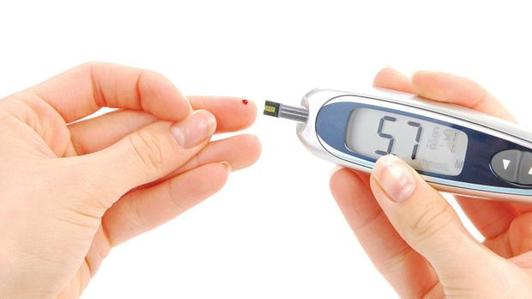It’s important to remember that the GI alone should not be your only criteria when selecting what to eat. The total amount of carbohydrate, the amount and type of fat, the fibre and salt content of food are also very important.
5 simple ways to change to a low GI diet
2. Switch to breakfast cereals based on barley, oats, wheat and rice bran.
3. Eat grainy breads made with whole seeds, barley and oats, instead of white or brown bread.
4. Eat pulses and legumes (such as beans, lentils and peas).
5. Eat high fibre foods because it helps slow the digestion and absorption of carbohydrates.




















 RSS Feed
RSS Feed
